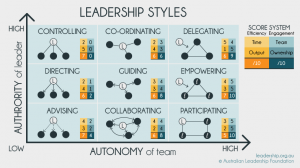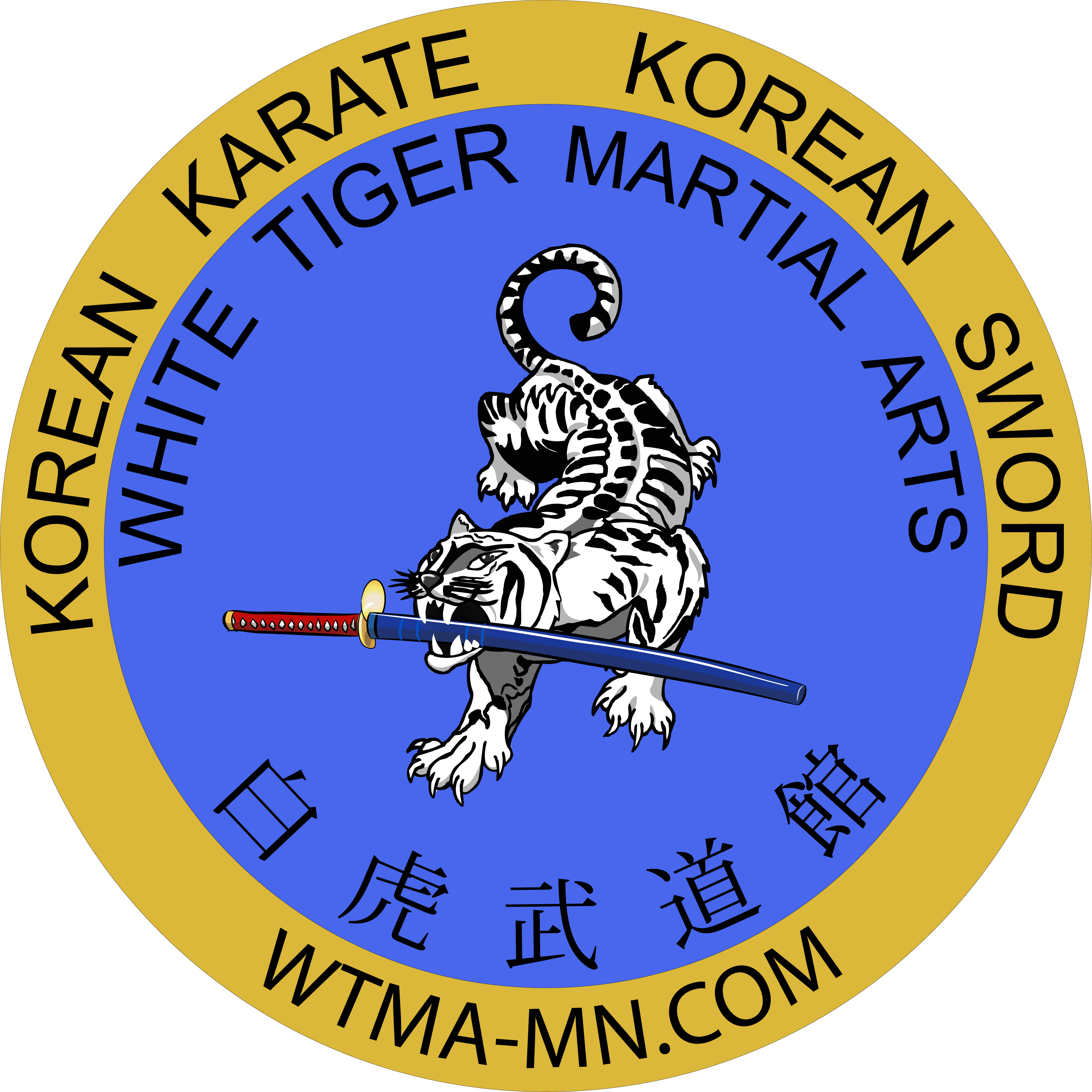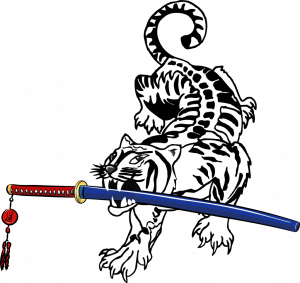Quite a while ago, Cole Herring asked me to provide some answers for questions he was using to write a book – Leadership Challenges: A Collection of Candid Experiences – that was published this month. Follow the link to order your copy!
What I wrote follows. Sorry, it is long because he asked several questions.
 As a leader in your organization, what has been the greatest unanticipated challenge you have faced?
As a leader in your organization, what has been the greatest unanticipated challenge you have faced?
The greatest unanticipated challenge that I’ve faced is the realization that not all of my students are as obsessive about the martial art as I am.
How did you overcome the challenge?
Now, logically, I’ve understood that people have a great variety of reasons for “starting” their martial arts training BUT it never really struck me that they wouldn’t become as committed to training and learning as I am.
I had wanted to train in a martial art for a long time. Influenced by television shows and an interest in the military, I found the idea of training in a martial art exciting. Upon finding out that my eczema, the cause of much bullying during childhood, was a disqualification from joining any military branch, I started training as soon as I found a school. At that time is was “train or don’t” because there wasn’t another opportunity. I started Taekwondo in 1981. Shortly after testing, it seemed that the private club was now available and I found out there were five other martial arts schools in the area.
I had a great opportunity to train and learn from some very good instructors during my first 10 years of Taekwondo. It was very physical and demanding. The focus was on fighting, which made sense as the whole organization was built by a full contact fighter who even fought in Madison Square Garden.
The leadership was called into question at that time. While the senior black belts were quality in what they liked, the questions that I started asking received the ever horrifying “I don’t know, that’s what my instructor did.” and I realized that there was a large chunk of knowledge was missing. It took me the better part of the next 5 years to learn what the symbol in the center of our school patch was and why.
This was when ALL of my training changed. Not only did it step up my efforts to learn beyond the Taekwondo curriculum to include history and tradition, but I had finished law enforcement schooling and decided to add Aikido to my training. This step was to help develop more practical defensive tactics skills that would be needed working as a police officer or deputy sheriff.
 The Aikido organization was lead in a traditional manner. The head of the organization was the chief teacher. This learning included technique plus the applications and variations AND the history back to the founder of Aikido. This was very different from the “you are your own business with connections for rank promotion” leadership that was inherent to the Taekwondo organization. This version created a greater feeling of family and support as all were working their way down the same path. The same feeling has carried into the Haidong Gumdo training over the past 10 years.
The Aikido organization was lead in a traditional manner. The head of the organization was the chief teacher. This learning included technique plus the applications and variations AND the history back to the founder of Aikido. This was very different from the “you are your own business with connections for rank promotion” leadership that was inherent to the Taekwondo organization. This version created a greater feeling of family and support as all were working their way down the same path. The same feeling has carried into the Haidong Gumdo training over the past 10 years.
Why do these point have an affect? Through the 35 years of training, everything that I came across just made me want to dig deeper into the WHOLE art…all three of them. This has me constantly looking for ways to learn more about technique movement & application within the physical training, to learn more about the generation of masters and teachers that have come before me, and to help the next generation accumulate this knowledge faster than I did.
 One of my favorite television shows is NCIS. Special Agent Leroy Jethro Gibbs has a set of rules that he uses to live his life and to help develop his team. In one of the first episodes where Ziva David became part of his team, when she got frustrated and asked how was she supposed to know the rules if they aren’t written down. His reply was that it is his job to teach them to her. Some lessons are hard. This is the first place where my desire to learn comes into conflict with students. I don’t get to teach all the rules because they’ve got a different priority list. Their world may have coming to class as priority 1 or 3 or 10. Sometimes it even depends upon the day of the week. This tends to bring me back to Gibbs’ rule #5 – Don’t Waste Good.
One of my favorite television shows is NCIS. Special Agent Leroy Jethro Gibbs has a set of rules that he uses to live his life and to help develop his team. In one of the first episodes where Ziva David became part of his team, when she got frustrated and asked how was she supposed to know the rules if they aren’t written down. His reply was that it is his job to teach them to her. Some lessons are hard. This is the first place where my desire to learn comes into conflict with students. I don’t get to teach all the rules because they’ve got a different priority list. Their world may have coming to class as priority 1 or 3 or 10. Sometimes it even depends upon the day of the week. This tends to bring me back to Gibbs’ rule #5 – Don’t Waste Good.
While I’m chomping at the bit to teach a student the next portion of a pattern or the application of a technique, they may not show up for a week or two. Accepting that this is their training and not mine has been slow coming. It usually takes a couple months to get a feel for where the martial arts fit into the student’s life. This leaves me reciting to myself “Gibbs’ rule #5” kind of regularly.
They may have started because their parents thought the Teenage Mutant Ninja Turtle phase could be put to good use but now they only do what they’re told without further practice or study. The adult may have started for personal reasons such as fitness or personal protection but feel the effort is too much or they get scared.
I offer all of this knowledge to anyone who wants to put in the effort and then they don’t show up. What to do with the student who is good but relies upon their natural abilities and doesn’t analyze the material further? How do you entice students to seek more and learn? Why aren’t they as committed as I am? Why does it take a piece of my heart away every time a student stops training?
How do you motivate someone who is not as passionate?
I have been told by several high ranked, highly respected martial arts teachers that the physical techniques are only 10% of an art. The point of training in a martial art system, today, isn’t truly about learning to be a soldier. There may be some concern with personal protection but that’s still only a portion of training.
The principles, theories and concepts taught within the martial arts have applications beyond physical techniques…but many don’t look for them. This “beyond the mat application” came to me first from my Seidokan Aikido training. Once Morihei Ueshiba modified the Daito-ryu Aiki-jutsu techniques to preserve life, rather take life, he started the journey of developing the martial art beyond combat.
This was continued when Koichi Tohei (Ki no Kenkyukai Aikido) further developed the techniques for protection and incorporated his “mind-body unification” theory. He had discovered that his fear during war lessened as he made sure to focus on having his mind and body working to the same goal.
The next step was when Roderick Kobayashi (Seidokan Aikido) took the principles from both and applied them to daily life. This brought all of Aikido of the mat and into everyday life.
 Now that you have some backstory, the way to motivate a student who is committed but not (as) passionate comes from connecting their training to other parts of their lives. I often start with comparing sparring to driving a car. Every time your opponent moves, they change the problem that you need to solve to keep the “hit them more than you get hit” challenge in order to “win”. The one who solves that problem fastest will win the fight.
Now that you have some backstory, the way to motivate a student who is committed but not (as) passionate comes from connecting their training to other parts of their lives. I often start with comparing sparring to driving a car. Every time your opponent moves, they change the problem that you need to solve to keep the “hit them more than you get hit” challenge in order to “win”. The one who solves that problem fastest will win the fight.
This fits with driving a car when you’re on the entry ramp to the highway and see what traffic is there. You now must problem solve for the best merge possible. The faster you solve this, the less noticeable you are making it work (because you didn’t inconvenience anyone). How many lives do you save because YOU are paying attention?
This is just an example of applying the principles off the mat. More come if the student plays other sports, where you correlate movements (swinging a sword helps a golf game) to those activities. Business applications follow the problem solving idea especially in customer service. The difference here, though, is to create a win-win rather than a win-lose.
How do you make your students become self learners that don’t just do what they are told?
This issue is purely based on the interest level of the student. It is very similar to watching a high school physical education class. Those who enjoy playing do, while those who don’t struggle.
It seems to be that the successful tournament players and fighters learn that portion well but lack in other areas of their training. This is disconcerting to me because only “winning the game” doesn’t carry over to developing into a good person.
 This may be why the majority of truly dedicated martial artists are geeks and nerds. The problem solving quest of making a kick move correctly and be able to use it effectively attracts the computer people who constantly ask “how can I make software/code that does [blank]?” The evidence comes when you look at my sword class. We have computer programmers/coders, an inventory specialist in the iron/steel products, a financial planner, a Minnesota DNR Botanist and a PhD candidate in Astrophysics plus three (elementary/secondary) school teachers. All of these careers are about solving problems.
This may be why the majority of truly dedicated martial artists are geeks and nerds. The problem solving quest of making a kick move correctly and be able to use it effectively attracts the computer people who constantly ask “how can I make software/code that does [blank]?” The evidence comes when you look at my sword class. We have computer programmers/coders, an inventory specialist in the iron/steel products, a financial planner, a Minnesota DNR Botanist and a PhD candidate in Astrophysics plus three (elementary/secondary) school teachers. All of these careers are about solving problems.
What to do with the student who is good but relies upon their natural abilities and doesn’t analyze the material further?
 The short answer is that you watch and wait until they fail, then see how they respond. If the response to to work harder, they are ready to learn beyond what they have done. Often, to help them to failure, I will assign them teaching responsibilities. Once they have to find words to communicate what they are doing, it tends to more study and growth.
The short answer is that you watch and wait until they fail, then see how they respond. If the response to to work harder, they are ready to learn beyond what they have done. Often, to help them to failure, I will assign them teaching responsibilities. Once they have to find words to communicate what they are doing, it tends to more study and growth.
Often the best teachers are the ones who have struggled with everything in the subject area. They had to figure out more details, examine more possibilities and spend more hours developing in order to understand what they were trying to do.
How do you entice students to seek more and learn?
The connection to other activities and interests, as mentioned earlier, fits here as they grow into self learners.
Why aren’t they as committed as I am?
Why do you like a Ford or Chevy? Why do you like soccer? Why do you like a glock over a KMD? It falls into priorities and seeing how it fits their lives. The more connections/benefits they see, the more committed they become.
Why does it take a piece of my heart away every time a student stops training?
Yes, it is painful when students stop training. A little less so when they are younglings going off to college but, still, it hurts. The main reason that it is painful comes from knowing how much more potential they have but, seemingly, won’t be pursuing. Knowing how much the martial arts can benefit each student, yet not being able to provide the knowledge to them is unfortunate.
A more accurate view would be that of a child moving away. Each person that becomes a student automatically becomes one of the children within my life. yes , ALL ages fit into this, event the ones who are older than I am. The connection developed runs deep. The similarity to raising a child can be seen in the invitations to graduations and weddings that happen long after they’ve stopped training.
 Family isn’t only blood but those who support you. This has been the perspective that I’ve always put into my classes. When a student says she’d rather be in class than do the job that she spent seven years in university for, it is powerful. Another example is a student who wanted to swing swords but had no interest in a martial art saying that he can’t see himself ever not training.
Family isn’t only blood but those who support you. This has been the perspective that I’ve always put into my classes. When a student says she’d rather be in class than do the job that she spent seven years in university for, it is powerful. Another example is a student who wanted to swing swords but had no interest in a martial art saying that he can’t see himself ever not training.
The first time that we had our Chief Master visit for a seminar, he thought it was great that class was so big. Everyone knew the same things, moved the same way presented themselves properly. The look on his face was awesome when he was told that it was actually three schools getting together for the first time. It didn’t matter what class they were in, they came together without an awkwardness common in first meetings as brothers and sisters. This has carried over into regular social get-togethers that bring in the student’s real family. The non-training family members are greeted and accepted just as quickly into the school family. We’ve even taken advantage of interests as we’ve included the non-training members in the anime & scifi conventions that we participate in. One student labeled it the “Cheers Effect”. Everyone knows (and likes) everyone.
I’ll gladly loose pieces of my heart to these people!
Author: Master Robert Frankovich
As you read and enjoy the posts on this site, please consider “sharing” them! The “likes” help generate additional readership but “sharing” will help even more! Thank you for your assistance!
If you have questions, please feel free to contact me!


